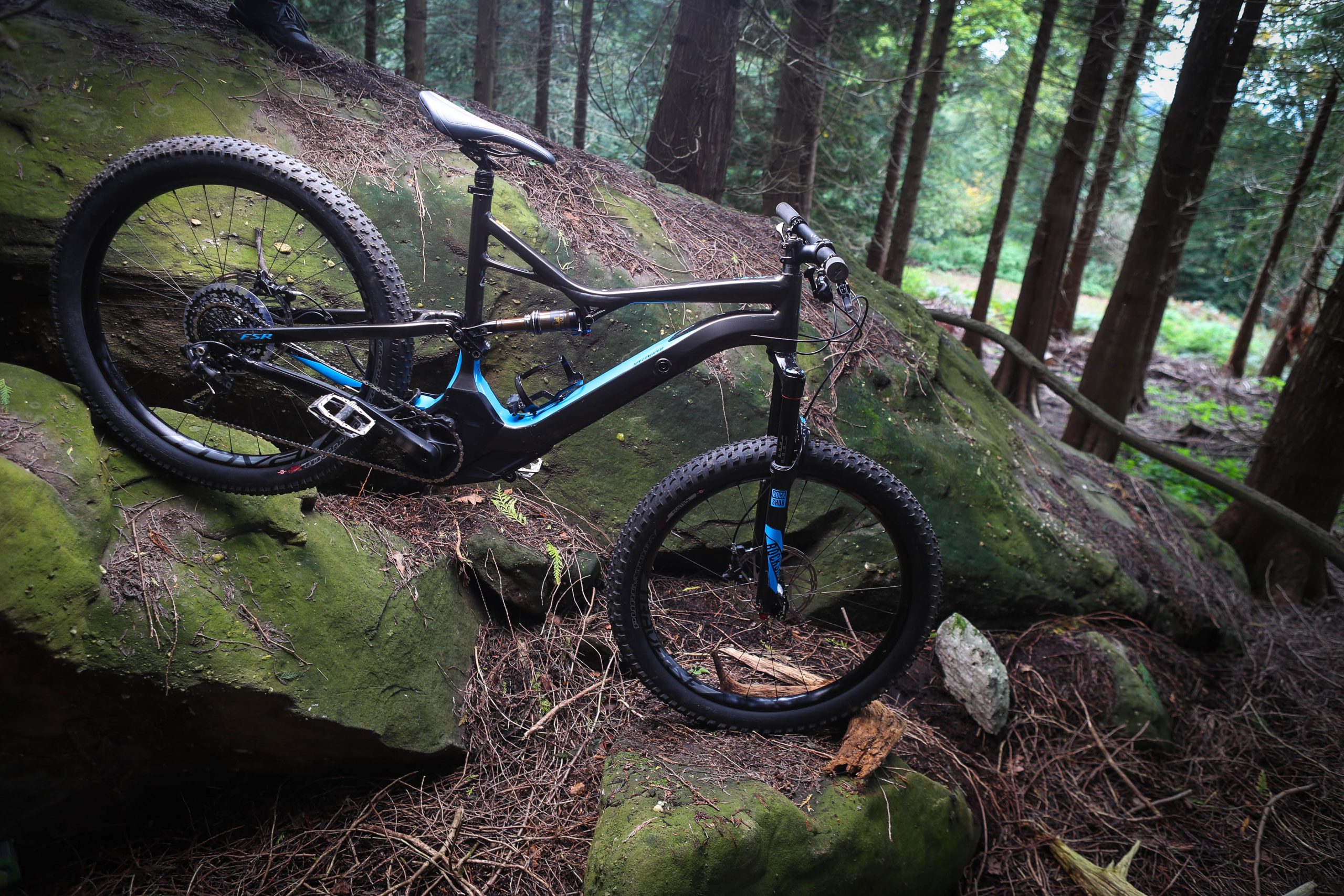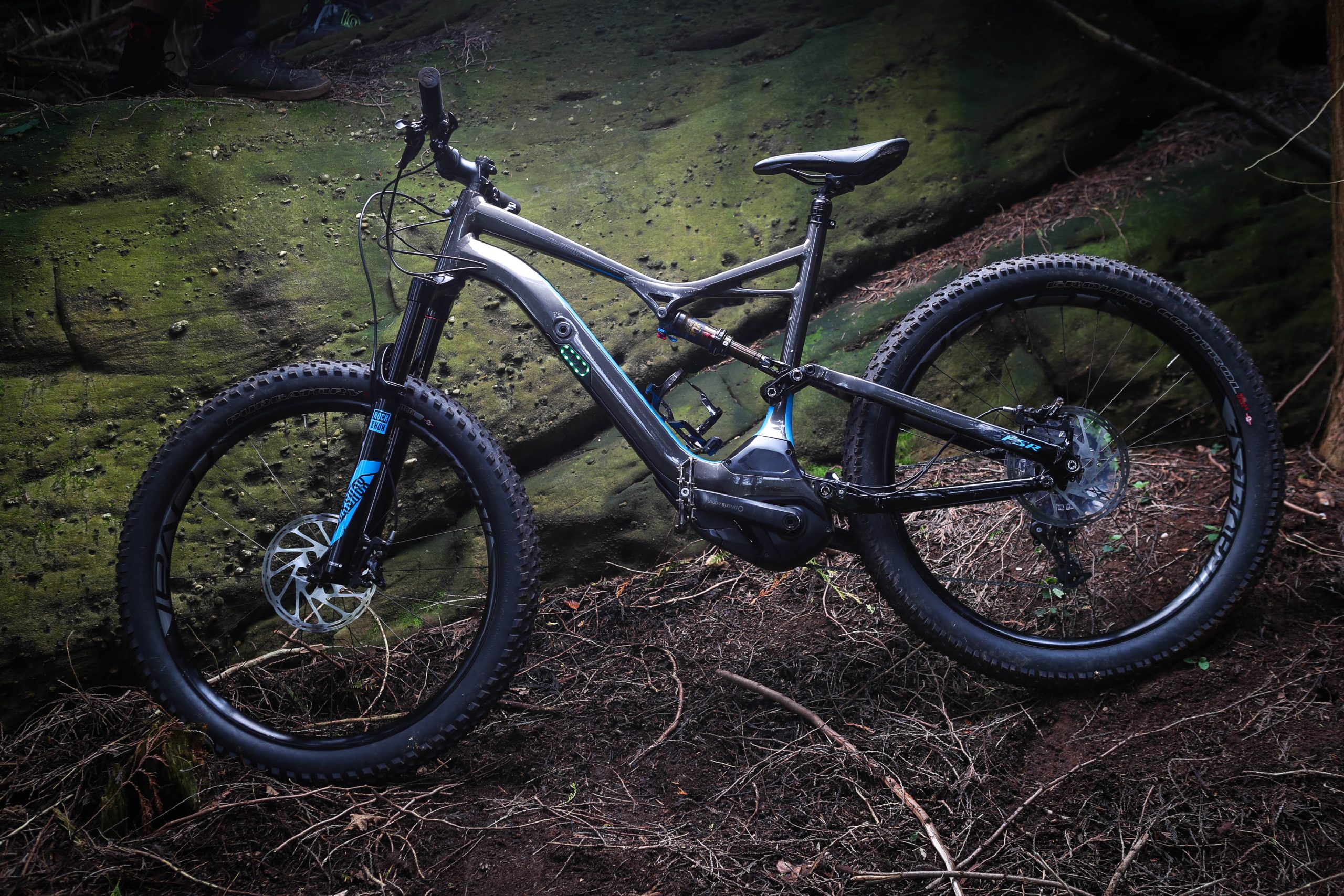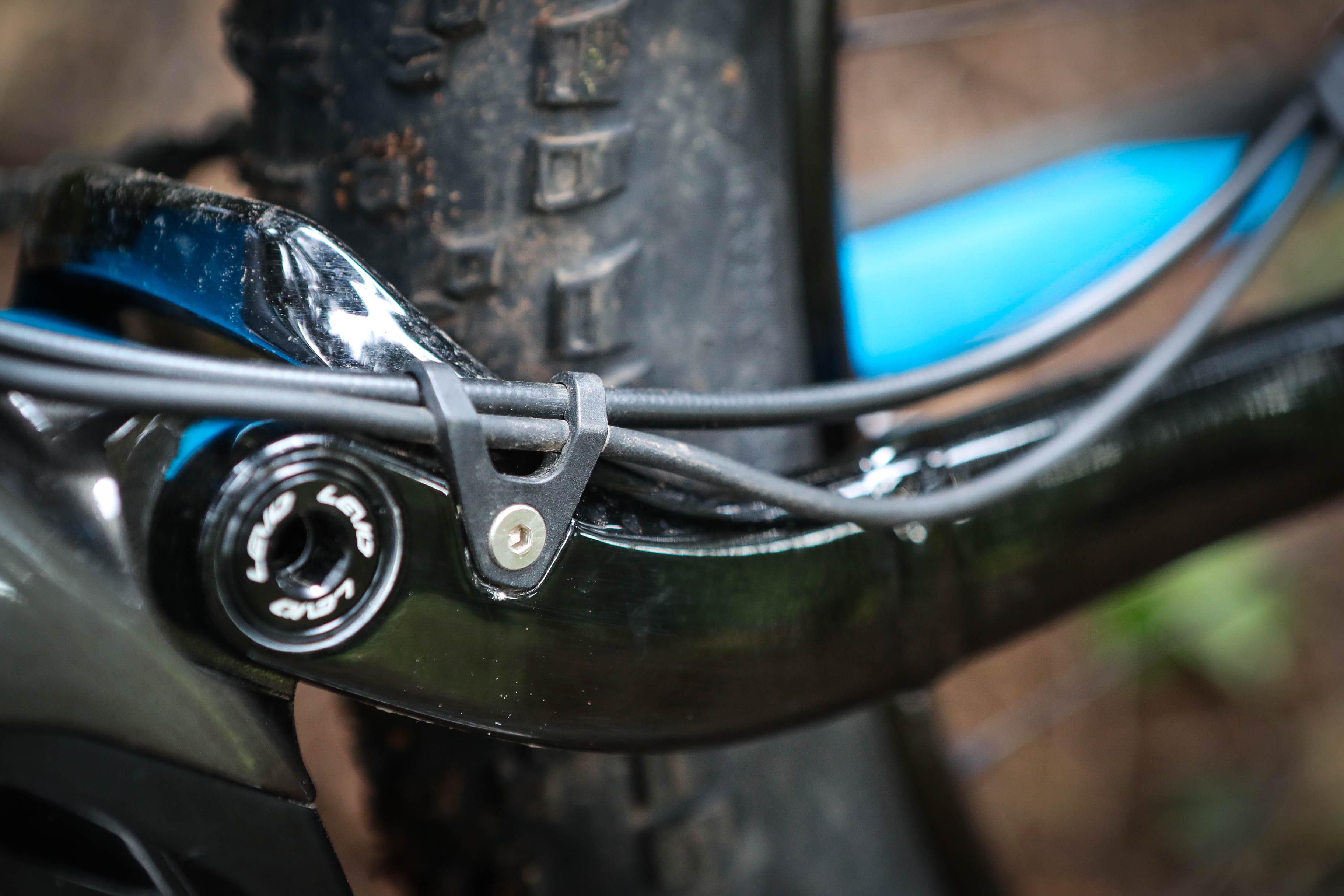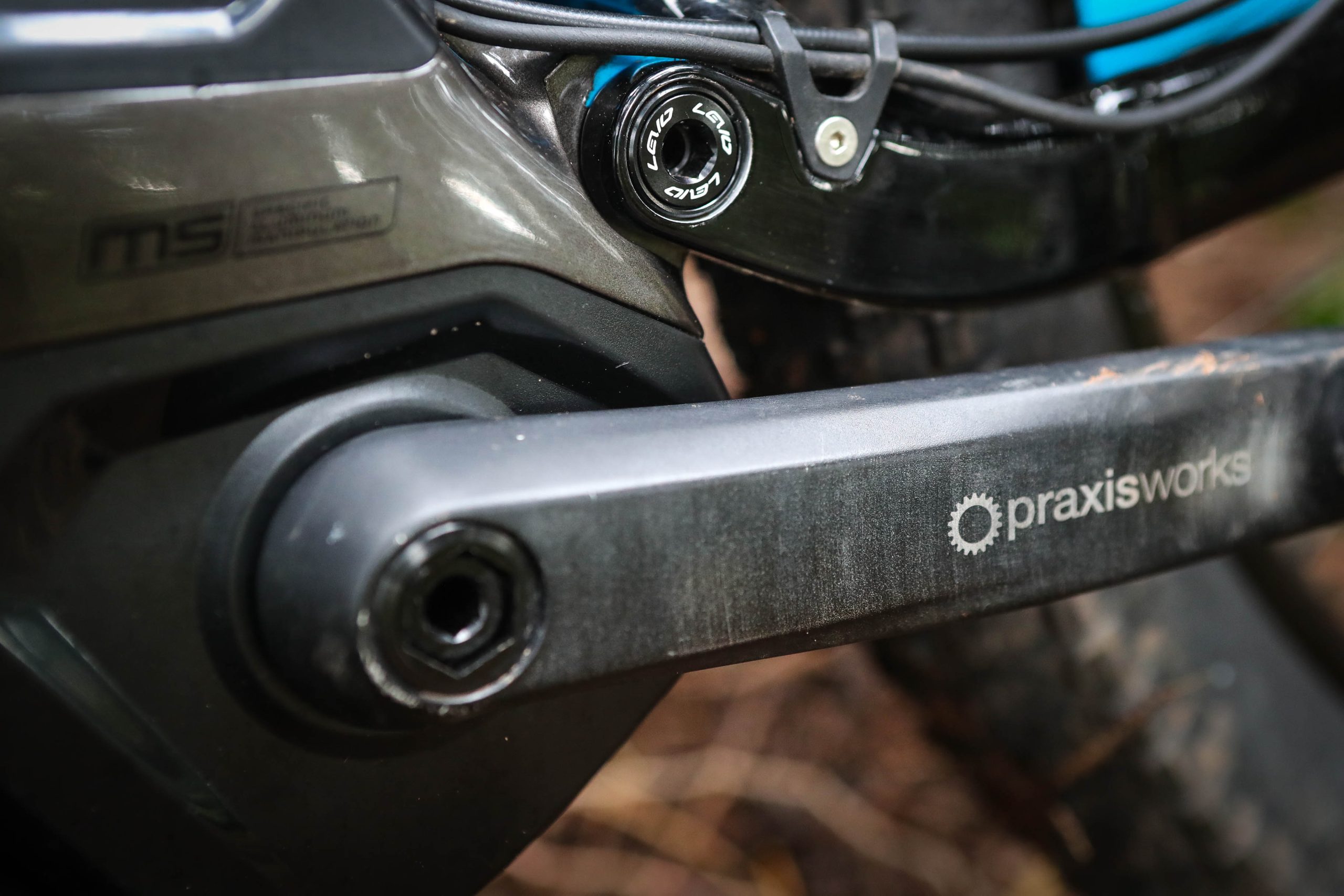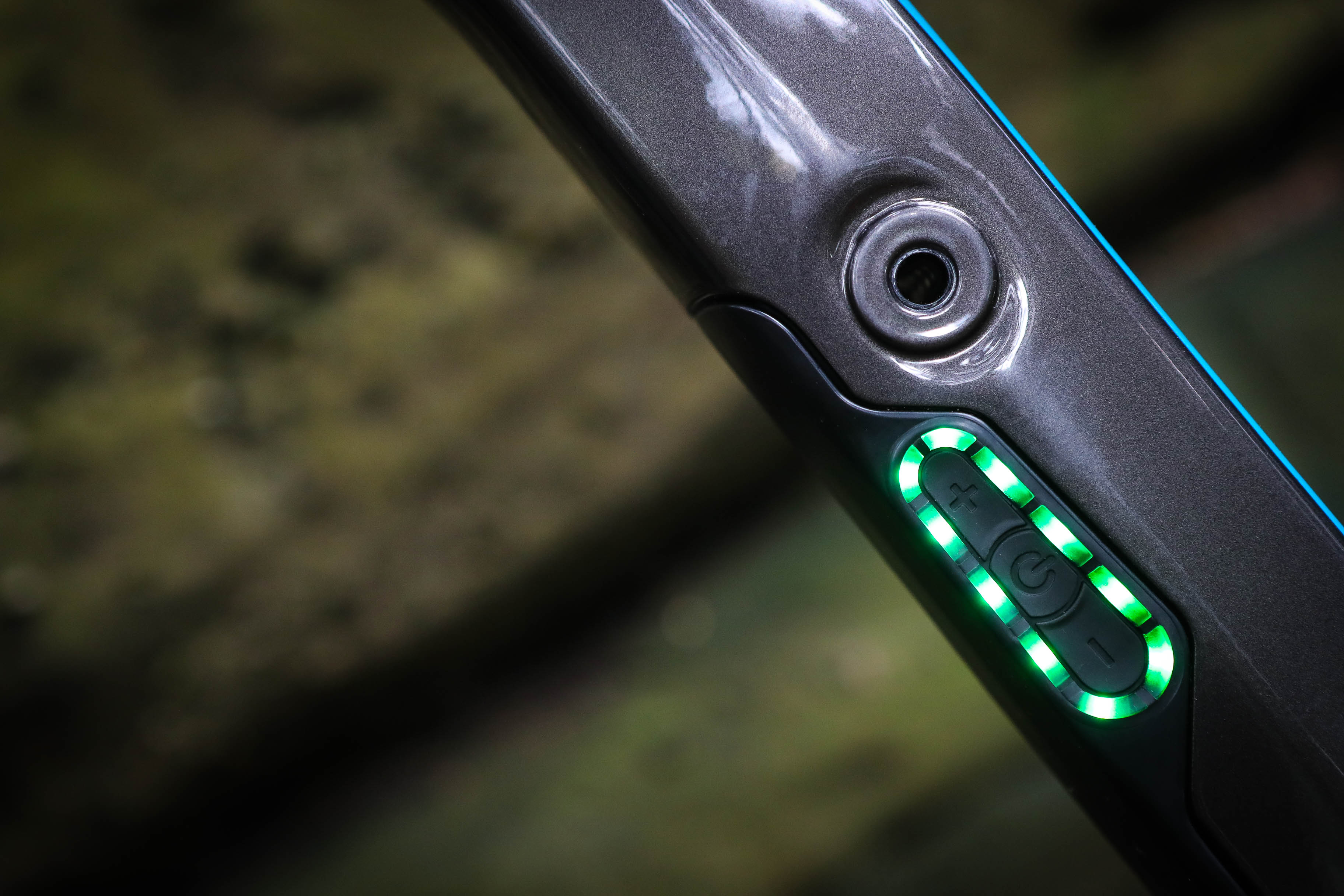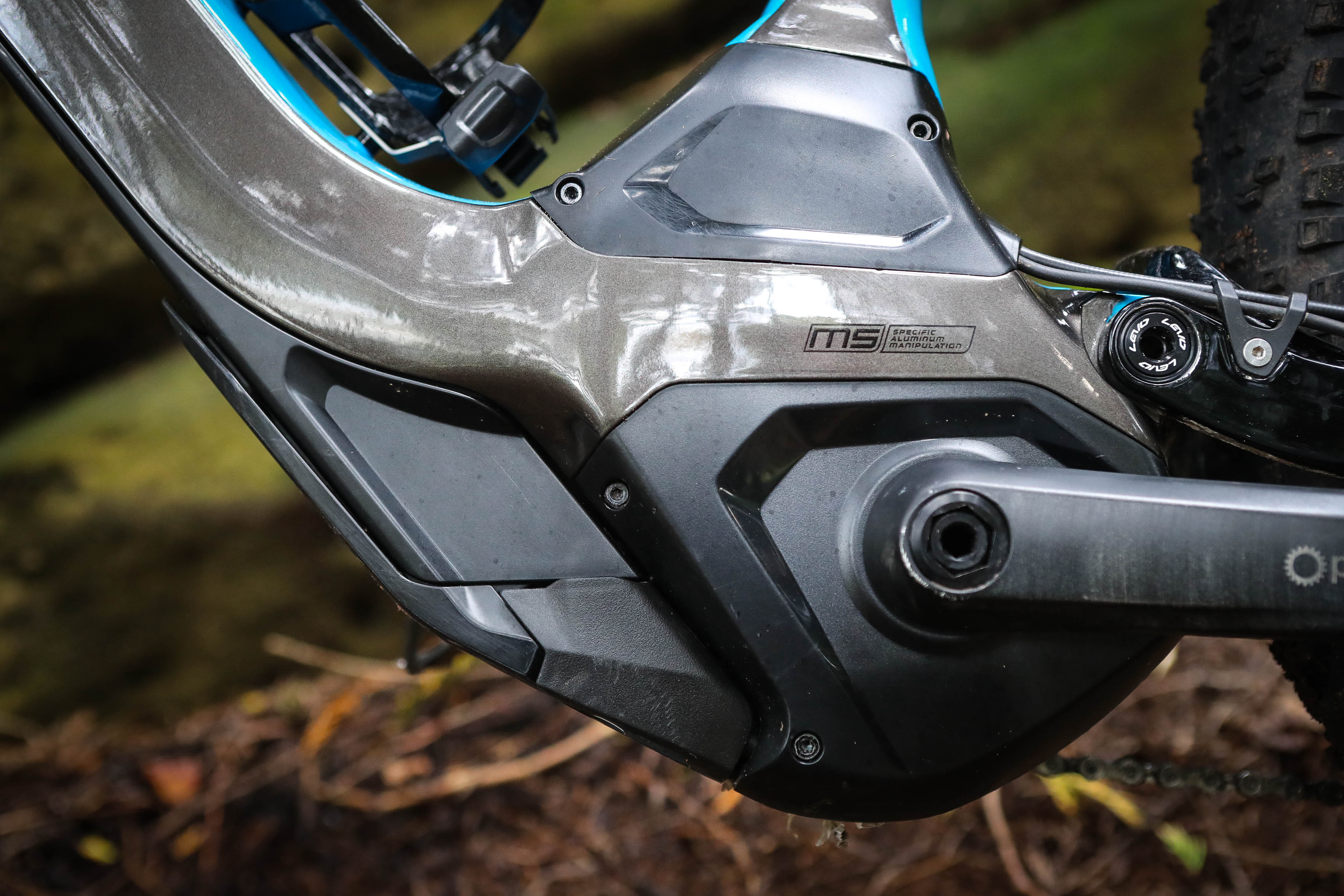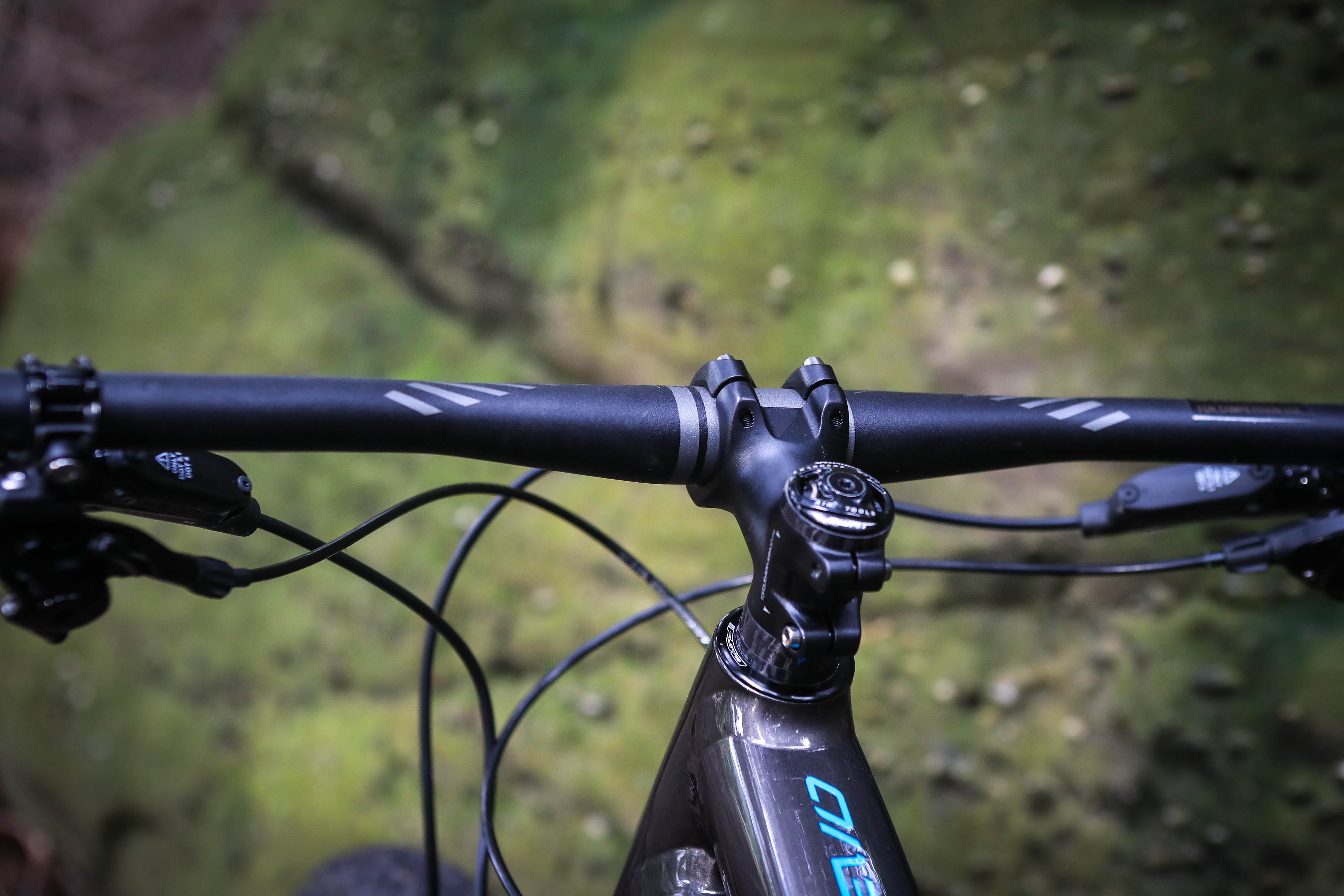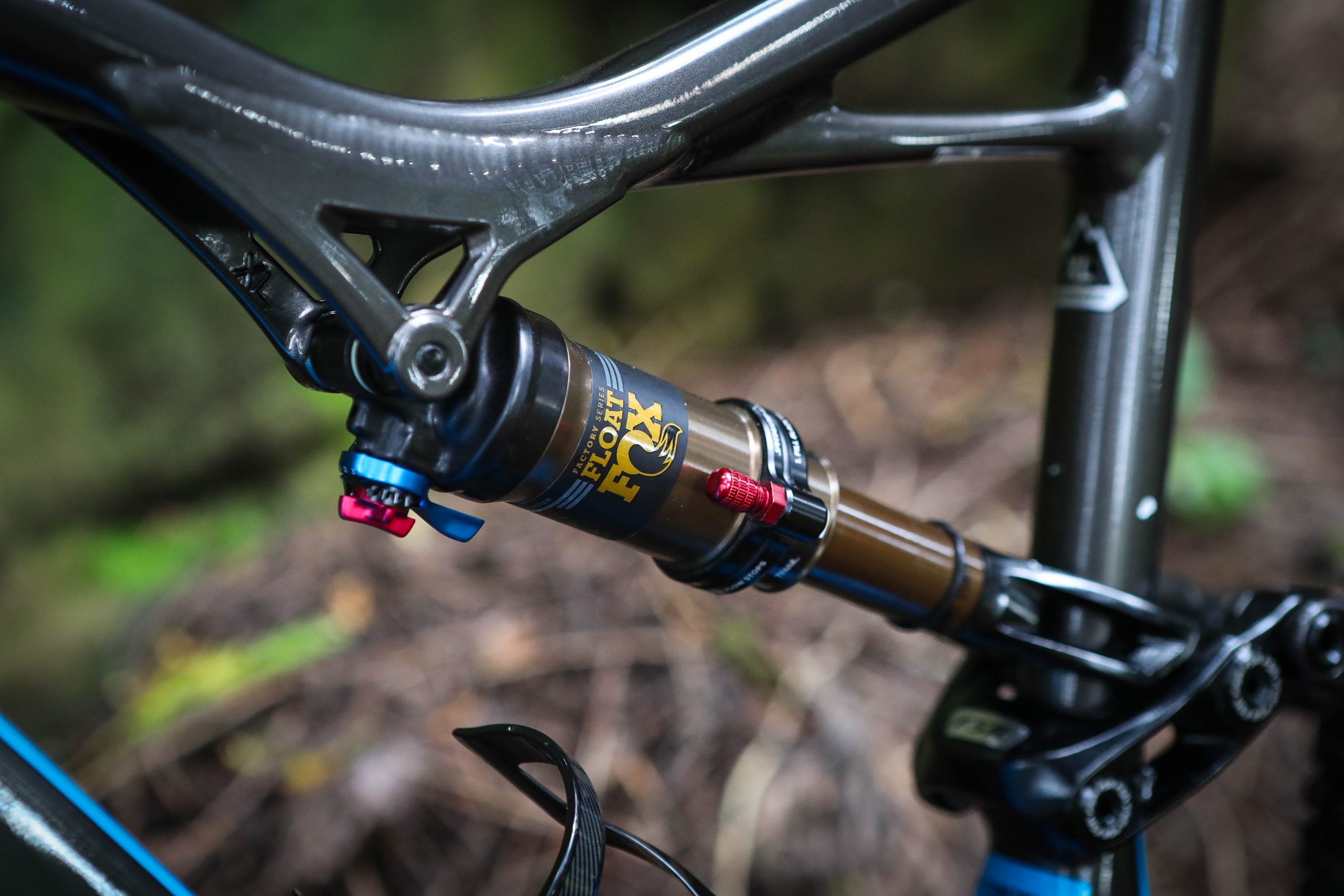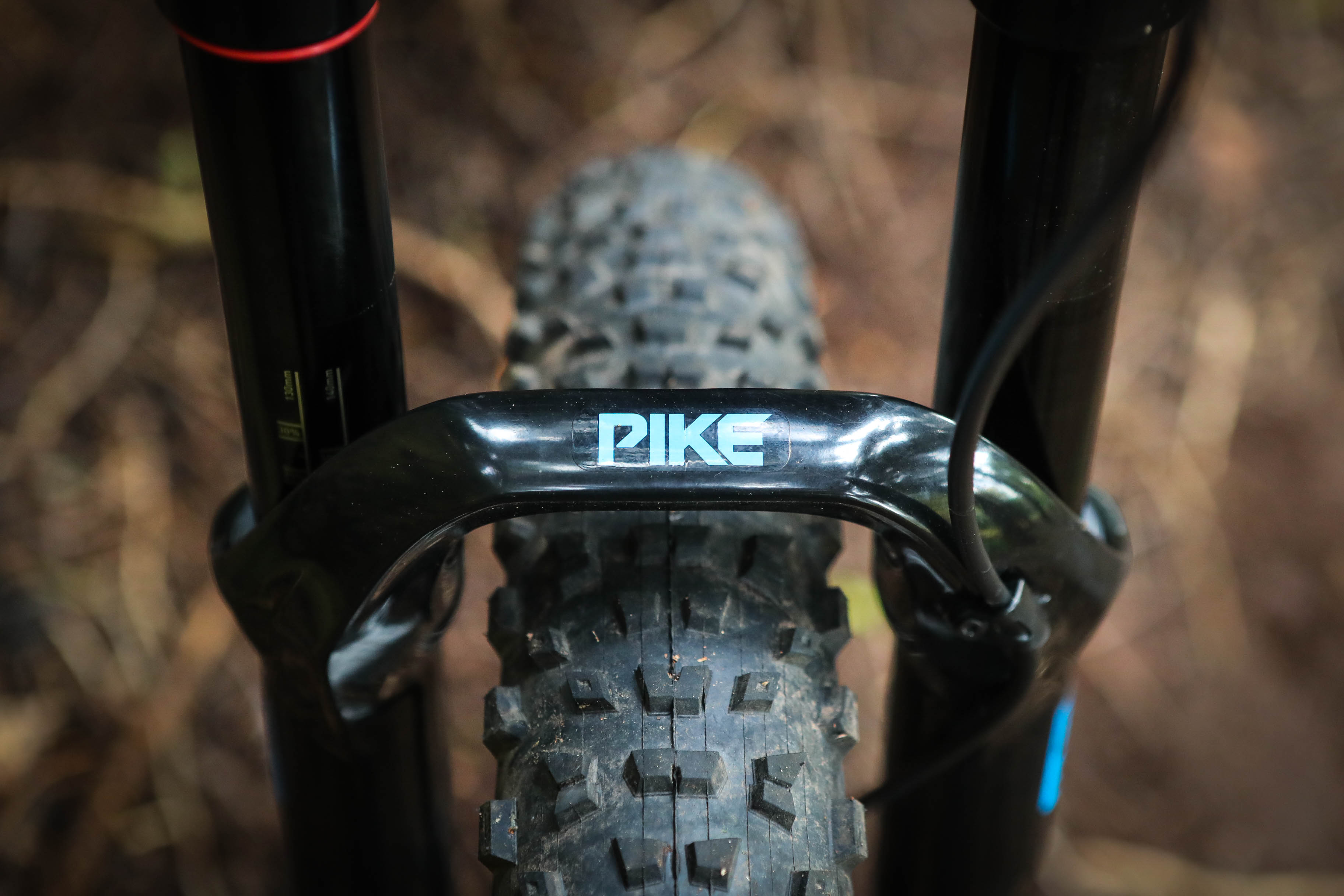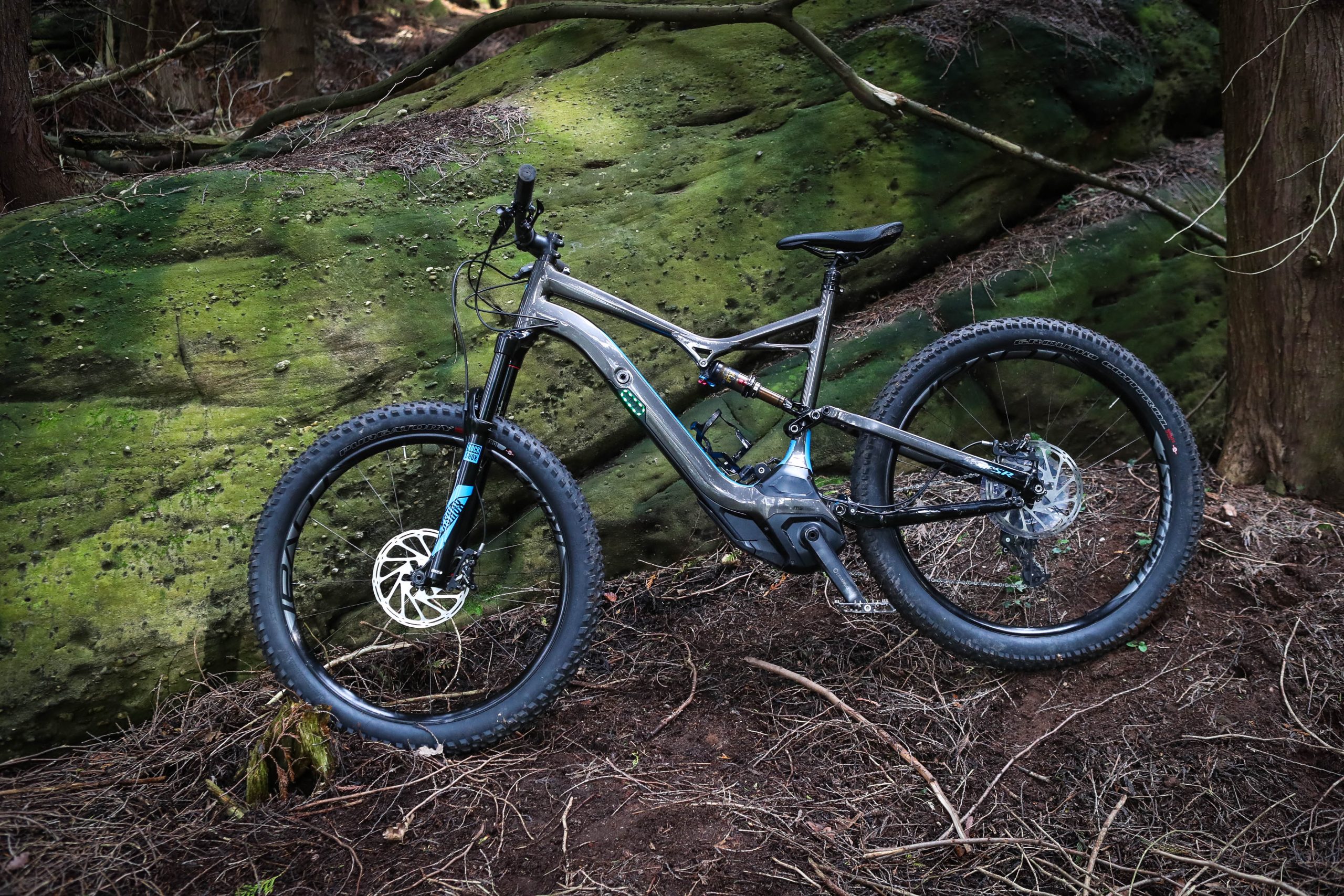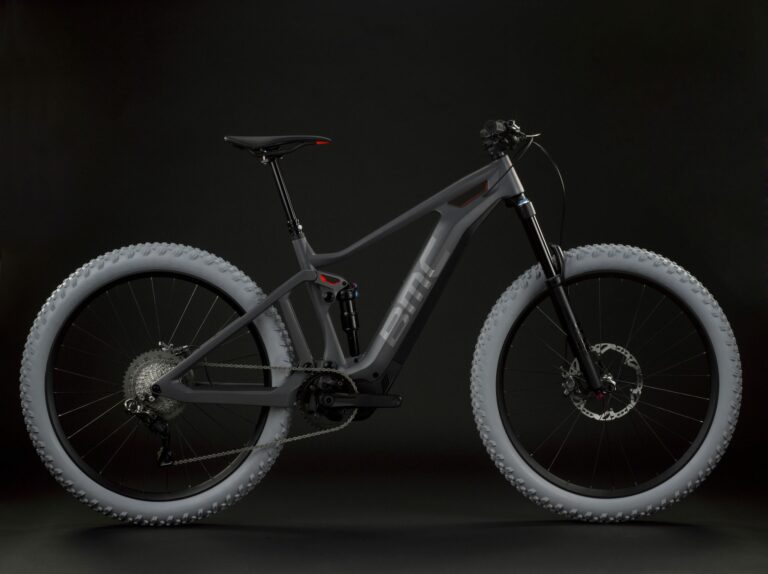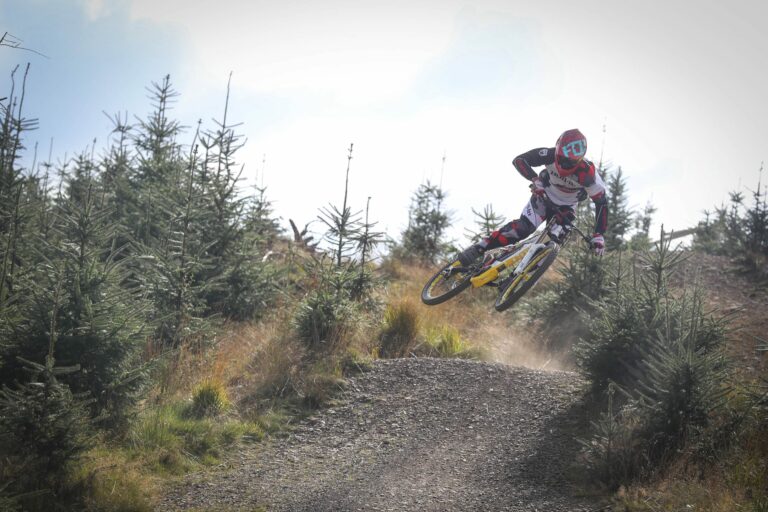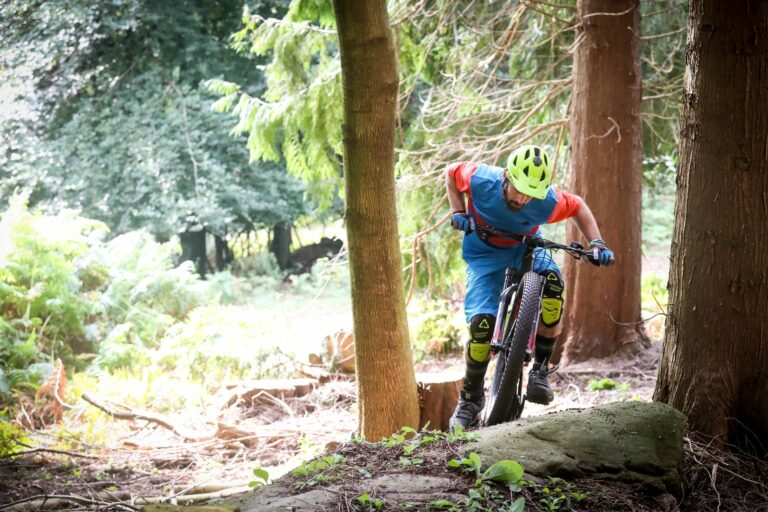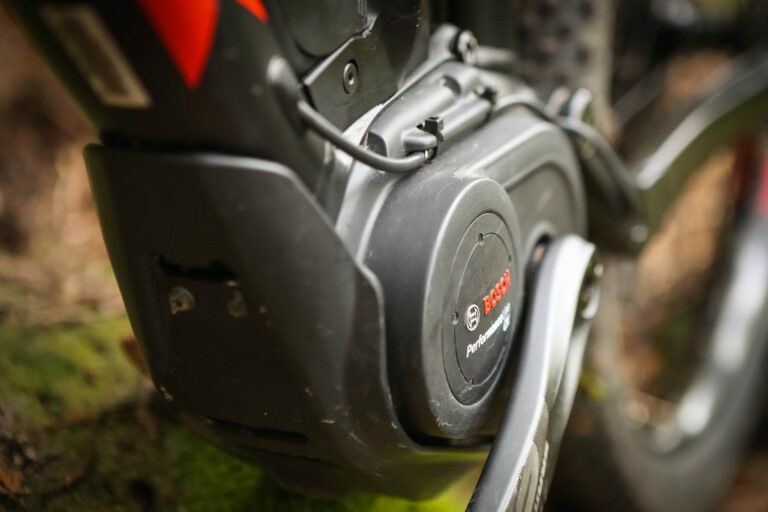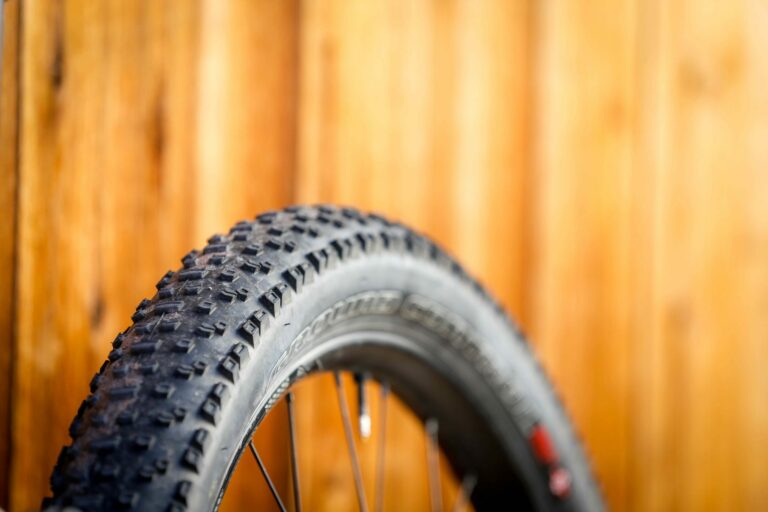The tyres enjoy a slightly stronger sidewall than on the Trek bike but we’re quite certain there’s more to come in terms of tyre development and e-mtb’s. Faultless Specialized damping, a super silent ride in anything up to steep, trials like terrain and a bike that people don’t even look twice at, simply believing you are a super fit rider.

Limitations
Ultimately the Brose begins to wheeze on tougher, longer climbs, and the heart rate often climbs into higher zones than the Bosch. In short the bike lacks a bit of power on sustained efforts even though the numbers say otherwise. The momentum that the turbo mode on a Bosch motor offers means that the rider can ultimately use slightly less effort on climbing, and the Levo requires a slower speed arm wrestle approach to hills which we feel can lead to more fatigue.
More than this the bike doesn’t not allow the rider to shift gear on tough climbs, it’s a case of spin the gear and keep it spinning, this takes some getting used to and something that doesn’t happen on Bosch. We aslo had a period where the chain kept derailing continuously which we now put down to a loose cassette protector.

Verdict
Switching between power modes on Bosch bikes is a simple way to hammer climbs and descents whilst the LED battery display method on the Levo can be fiddly. The Mission Control iOS or Android app can make trail planning easier and more complex at the same time. The Levo has the looks and the silence on the flatter terrain but on the banks we have mixed feelings.
It’s a better bike for slow speed trials style obstacles but a lesser one for extended technical climbs. The motor begins to wheeze when the it is really being pushed hard and the fact that shifting on steep climbs can result in a loss of power if you do not match the cadence becomes an issue. But we love it nonetheless and its shortcomings will surely be updated. It’s a case of learning how to ride it for the geometry and silence is classic.
Motor – 530W/90Nm
Battery – 460 Wh
Travel – Front 140mm/Rear 135mm
Weight – 49Lb
Price – £5600
SIZE S M L XL
Wheelbase 1154 1181 1212 1246
Reach 389 415 434 460
Head Angle 66.5
Seat Angle 69.3
Chain Stay 459
https://www.specialized.com/gb/gb/

